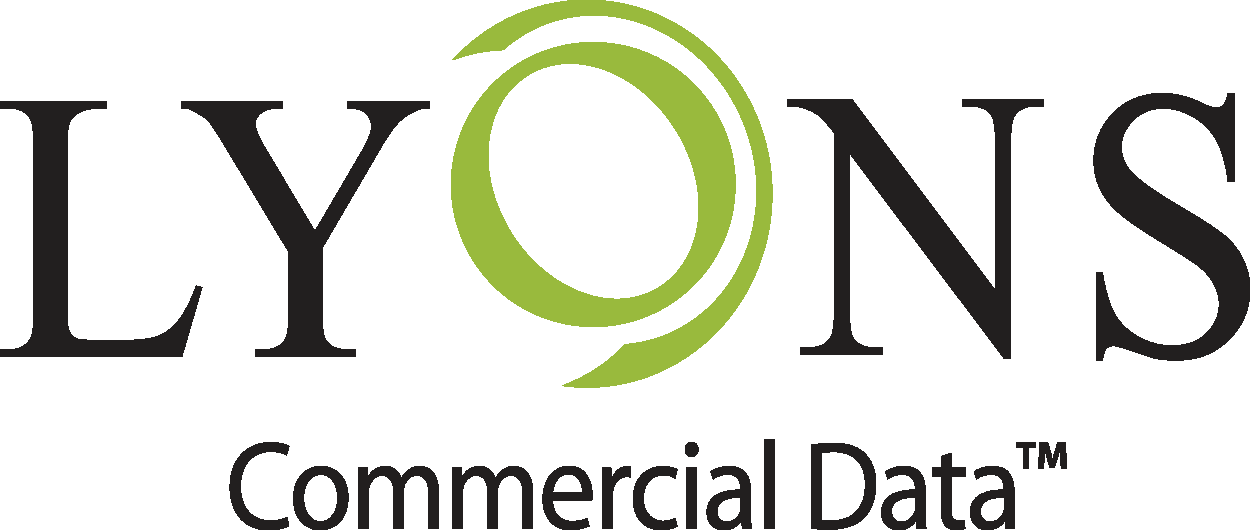On March 19, 2021, the new NACHA 2021 rule change must be implemented by merchants accepting ACH payments via the web.
This article will detail why, what, and what methodologies merchants can use to be NACHA Compliant on March 19, 2021.
NACHA 2021 Rule Change: Why are Rules Being Updated?
These new NACHA rules come about after years of research, surveys, and data collected. Surveys conducted in 2012, 2013, and 2015 all echoed the same message: the importance of account validation.1 The new changes being implemented are to address the concerns that have been continuously expressed over the years and to cut back on returns. Excessive returns reduce confidence in our payments network and expose merchants to unnecessary risks if proper controls are not implemented across the ACH payments network.

What is Needed for the Rule Change?
The March 2021 NACHA rule change will require all merchants who accept ACH to have “commercially reasonable” processes that validate routing numbers and verify that an account is in good standing.
This means that the new NACHA account verification process will go beyond the basic routing number verification to validate payments. The new NACHA rules will allow merchants to get a better insight into an account’s profile. NACHA doesn’t specifically outline how this is to be done. But, it does say that the method used should be a “commercially reasonable method.”2
NACHA Rule Changes Require:
- Validation of an account’s routing number
- Verification that an account is in good standing
For each merchant, this new rule specifically applies to transactions in which it is the customer’s first use of a bank account through a web-based channel.
What Methodologies Can I Use to be Compliant?
- Micro deposits – With this method, one or two small amounts are deposited into a customer’s account. The downside to this method is that the deposits can take days to appear in the customer’s account. Also, this method is customer-dependent and requires customer verification of the micro-deposits.
- Prenotification – This method is a useful option but can also take days and is dependent on the customer. It requires a customer to send a $0 transaction through the ACH network to validate an account. Also, per NACHA rules, the merchant is required to wait two to three days. And, during a waiting period, an account’s “good standing” can change.
- Third-party instant verification – This is going to be the most efficient account verification option. It is both reliable and fast. Many financial institutions have access to large numbers of accounts (both their own and others) and offer account verification products. With this method, they leverage the vast amounts of information to verify accounts. Verification can be real-time, same-day, or next-day, depending on the level of service used. These third-party services look at recent NSFs, prior history of fraud, account abuse, forgery, counterfeiting/check alterations, paperhanging, check kiting, identity verification, and owner authentication. In addition to responding with an account’s status, a third-party service could be used to validate the ownership of the account.
Learn more about our instant account verification services.
The Value of Account Verification
Verifying ACH payment accounts before a transaction is processed can reduce returns and associated fees. There is tremendous value in that. But to fully comprehend the benefits of AVS, it’s best to look a little closer at all aspects associated with a returned payment.
The utilization of an account verification solution doesn’t just save companies fees incurred from returned payments. Because once the fees are paid, there is still a payment to be collected. The question then becomes, how much more money will have to be paid to other resources to recoup debts owed to your company?
It’s a small fee per transaction when using account verification. Considering that you could have to pay fees for returns, pay employees to collect on debts, and put your business’s relationship with banks at risk for returned payments, isn’t that small fee remarkably affordable insurance against the costs and risks that come with returned payments?
NACHA Rules Updates for March 19, 2021: In Conclusion
Whatever tool selected must be in place for the covered transactions no later than March 19, 2021. NACHA rule violations are not to be taken lightly. If a merchant fails to meet the standards provided by the rules, the merchant may be subject to penalties and fines, ranging from a one-time $1,000 fine for a Class 1 infraction, all the way up to a $500,000 per month fine for a Class 3 infraction.
As a reference point of how easily these fines could apply, failure to reduce return rates after receipt of a NACHA notice is a Class 2 infraction, and the ACH Rules Enforcement Panel may levy a fine against the respondent Participating DFI in an amount up to $100,000 per month until the problem is resolved.3 Banks also have the ability to terminate agreements due to NACHA violations as compliance is required to be made part of any third-party relationships.4 NACHA rules cannot be ignored, and compliance should be considered a top priority.
1 NACHA, Account Validation: A Tool for Businesses To Improve ACH Transaction
2 NACHA, Supplementing Fraud Detection Standards for WEB Debits, FAQs
3 Notice of Amendment to the 2020 NACHA Operating Rules, Supplement #1-2020, Subpart 9.4.7 (January 14, 2020)
4 2020 NACHA Operating Rules, Subsection 2.2.2.2
